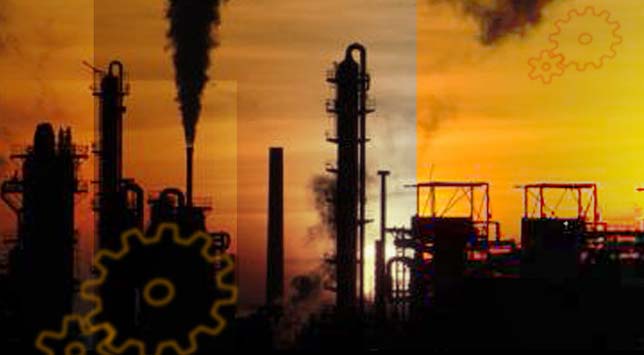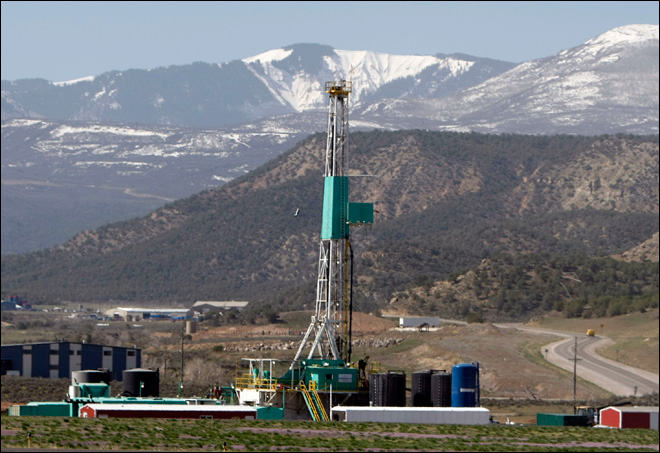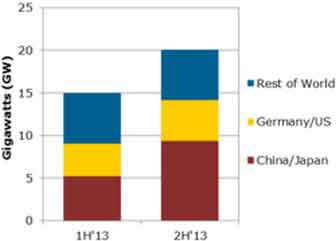
India’s current account deficit has grown significantly in the quarter ended December 2011. The gap between exports and imports almost doubled to $19.6 billion from $10.1 billion in the year-ago period. Oil imports, of course, are the biggest contributors to the deficit, accounting for $73.7 billion, or Rs 364,520.2 crore, of imports.
Here are the next top 10 commodities that push up India’s import bill, widen the current account deficit and drag down the rupee.
Capital goods ($46.5 bn / Rs 229989 crore)
Capitals goods are generally categorized as assets that a company uses to provide services or make goods, such as machinery or equipment. These are then used to produce consumer goods.
Gold and silver ($31.2 bn / Rs 154,315.2 crore)
In the brouhaha over the jewelers’ strike, everyone has suddenly become aware of how much these precious metals add to the import bill and contribute to the current deficit.
Pearls precious and semi-precious stones ($14.05 bn / Rs 69,491.3 crore)
These are categorized as a separate section from gold and silver because they are usually non-metallic and usually a value-adds. India is one of the world’s largest centre for cutting and polishing diamonds, as well as for setting stones in gold or silver.
Chemicals ($9.3 bn / Rs 45,997.8 crore)
Chemicals are used in almost every industry, and are a critical input in everything from food to paint to drugs to construction.
Coal, coke and briquettes ($8.6 bn / Rs 42,535.6 crore)
Given India’s lack of, and hunger for, power, coal is another large contributor to the current account deficit. India’s coal bill is likely to only rise given that domestic coal supply has taken a sharp hit because of a series of scams that have shut down illegal mining.
Metaliferous ores and scrap ($6.4 bn / Rs 31,654.4 crore)
These are basically ores that contain some metals. They can be extracted and used in industry.
Consumption goods ($5.7 bn / Rs 28,192.2 crore)
These are primarily items of daily consumption at both retail and commercial levels. This category comprises primary food articles – wheat, cereal, edible oil, pulses and sugar).
Iron and steel ($5.5 bn / Rs 27,203 crore)
As construction and engineering activity in India grows, appetite for both iron and steel has grown. The Indian government has been calling for a large push to India’s infrastructure and the demand for iron and steel will only grow. The other big global consumer of iron and steel is China, with which India occasionally clashes when bidding for mining rights for various metals.
Fertilisers ($4.1 bn/ Rs 20,278.6 crore)
Like fuel, fertilisers are also a politically very sensitive and are subsidized heavily. Given that the majority of India’s population depends on agriculture for a livelihood, and constitutes a sizeable vote bank, it is unlikely that subsidies will go away any time soon.
Artificial resins and plastics ($3.5 bn / Rs 17,311 crore)
Plastics are also used widely in both industry as well as construction and consumer products. They are also a key input material in the auto industry.
(All figures are for April 2011 – September 2011; Source Reserve Bank of India / Directorate General of Commercial Intelligence and Statistics. Exchange rate as on September 30, 2011 when $1 = Rs 49.46)
Source : http://profit.ndtv.com







